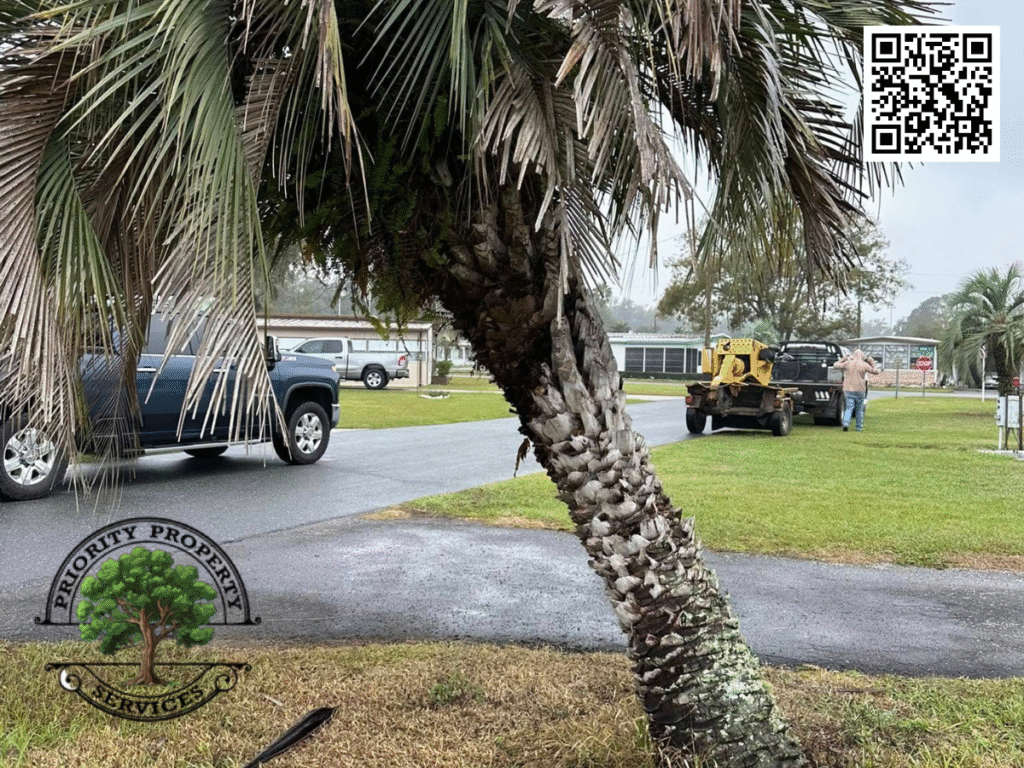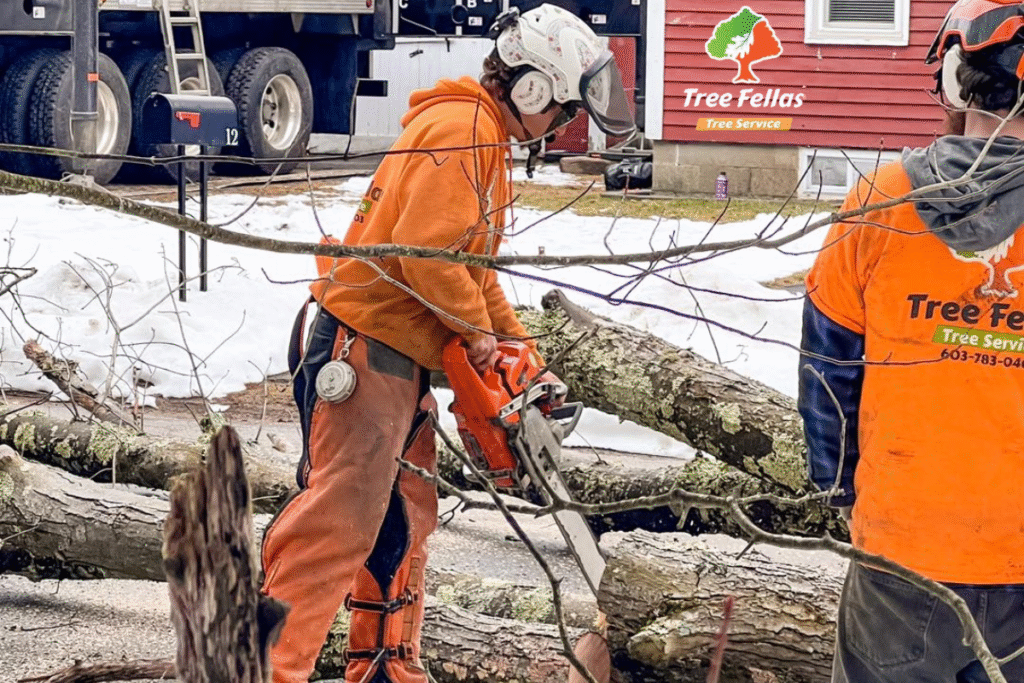If you’ve ever caught a whiff of musty air when your HVAC kicks on, it could be more than just stale air—you might have a mold problem. Mold in your ducts isn’t always visible, but it’s often active, hidden, and quietly harming your health. For homeowners in Pennsylvania and beyond, duct mold is a silent intruder, and not calling for duct cleaning in Royersford, PA, could lead to serious consequences.
Why Mold Loves Your Ducts
Mold thrives in dark, moist, and still environments. Your HVAC system, especially the ductwork, ticks all those boxes. As air flows through, it can carry spores from one room to another—making your entire home vulnerable.
What makes it worse?
- Condensation in ducts caused by humid air
- Poor ventilation and clogged filters
- Dust buildup, which feeds mold colonies
Mold’s Impact on Your Health
You may not always see the mold, but your body can definitely feel its effects. Breathing in mold spores occasionally is harmless, with the real damage caused when done repeatedly over time.
Common symptoms of mold exposure include itchy eyes, chronic coughing, sneezing, headaches, and skin irritation. For people with asthma, the risk is even more severe. Prolonged exposure to mold may also trigger respiratory infections or worsen existing lung conditions.
Know the Culprits: Common PA Mold Types
Pennsylvania homes are particularly prone to a few stubborn mold species, including:
- Cladosporium: Dark green or black, often found in ducts and HVAC systems.
- Penicillium: Blue or green and spreads quickly in damp insulation.
- Aspergillus: Yellow or white, typically airborne and linked to allergic reactions.
- Stachybotrys (Black Mold): Toxic and often slimy, it grows in places with constant moisture.
If you spot these on registers or vents, call duct cleaning services ASAP.
Warning Signs You Need Duct Cleaning
Some signs of mold-infested ducts are obvious. Others fly under the radar.
Watch for:
- Persistent musty smells when HVAC is on
- Allergy symptoms that worsen indoors
- Visible mold on vents or registers
- Unusual dust buildup or inconsistent airflow
- Spikes in your energy bill with no clear cause
If two or more apply to your home, duct cleaning should be viewed as an urgent need.
What Happens During a Duct Cleaning?
A professional duct cleaning service inspects your system with specialized cameras, uses powerful vacuums, and brushes the duct walls afterward. They often apply antimicrobial treatments to prevent mold from returning. Some services also seal ducts to keep moisture out.
Expect technicians to:
- Remove vent covers and vacuum debris
- Use a HEPA vacuum and negative air machine
- Sanitize ducts if mold is present
- Inspect the entire HVAC system for leaks or problem spots
The Cost of Mold Removal and Cleaning
On average, professional duct cleaning costs a few hundred dollars, with the price increasing depending on your home’s size and the extent of contamination. Mold remediation may increase the cost, but it prevents thousands in long-term repairs and medical bills.
According to experts from duct cleaning companies, homeowners often wait too long before scheduling a service. “By the time people call us, the mold has often spread beyond the ductwork,” says an HVAC technician.
DIY Mold Prevention Tips
Although mold growth is not completely avoidable, homeowners can limit its chances of growing.
To minimize growth, start by keeping track of your HVAC filter and how often it’s changed. Make it a habit to change the filters once every 1 to 2 months.
- Keep indoor humidity below 50% using a dehumidifier
- Run your fan for 10–15 minutes after using the shower
- Schedule seasonal HVAC maintenance
These are small habits that can make a big impact in stopping mold in its tracks.
HVAC Maintenance = Mold Control
Routine HVAC maintenance isn’t just about efficiency—it’s also your first defense against mold. An annual inspection can catch moisture issues, clogged filters, and microbial buildup before they become full-blown problems.
Add this to your home checklist:
- Spring: Clean coils and replace filters
- Summer: Check for condensate leaks
- Fall: Clear ducts before the heating season
- Winter: Ensure your system is dry and sealed
Your home deserves clean air. If you’re dealing with recurring smells, allergy flare-ups, or visible mold around vents, your HVAC system could be spreading spores. A professional duct cleaning is a simple, effective step toward a safer home.





